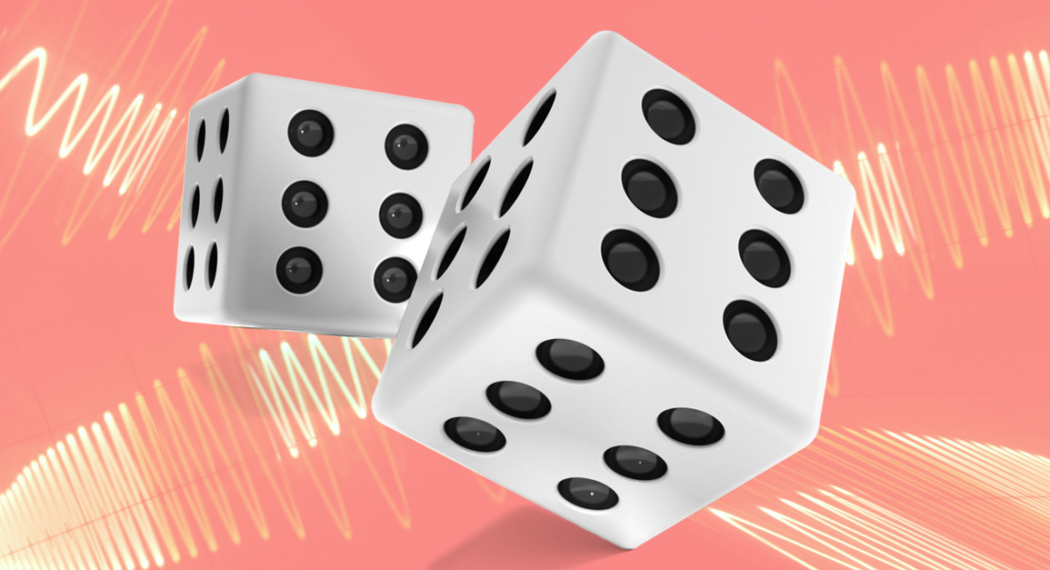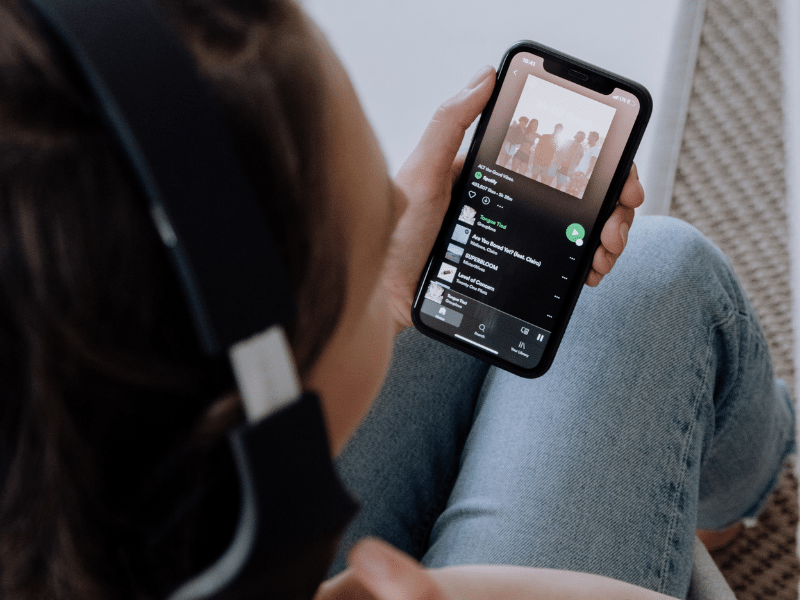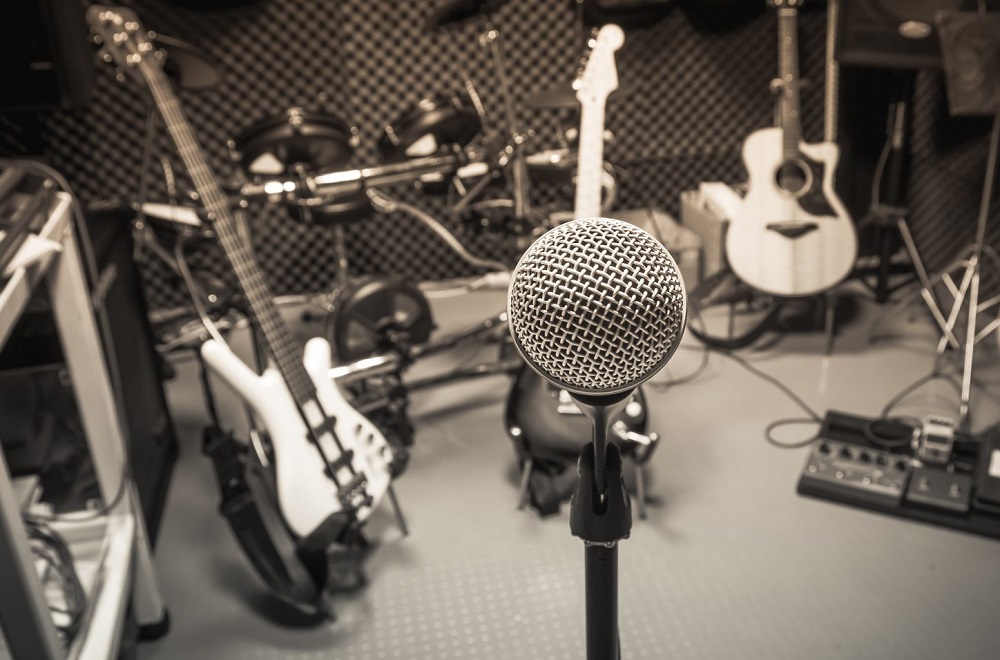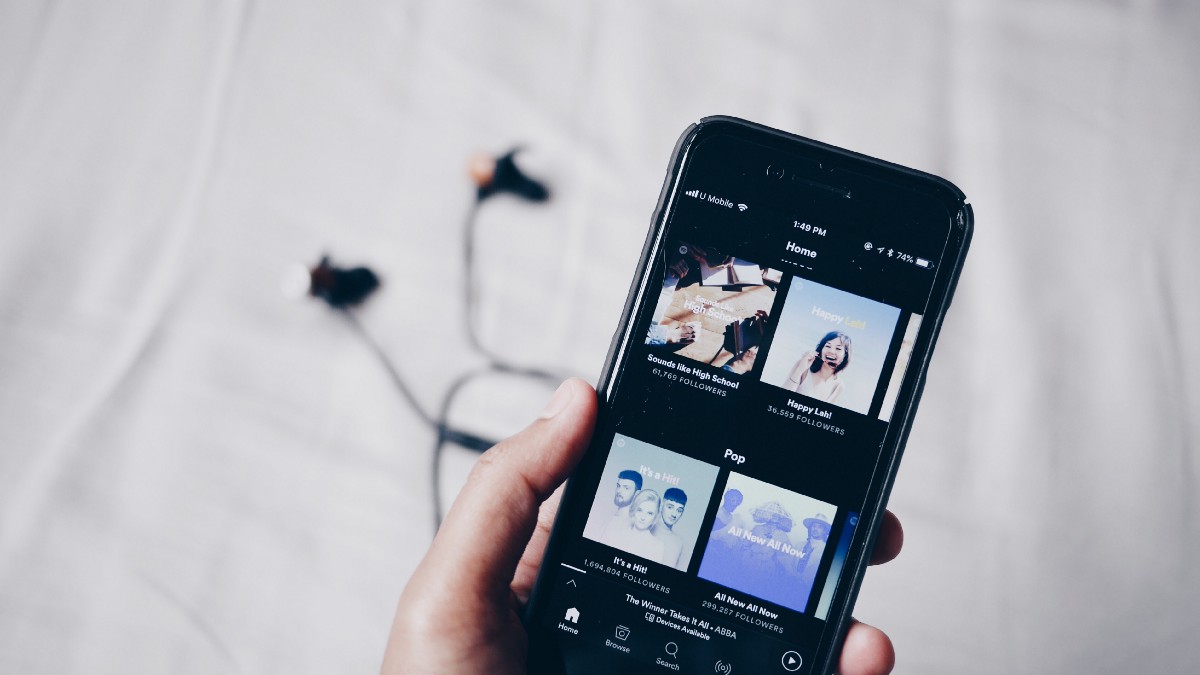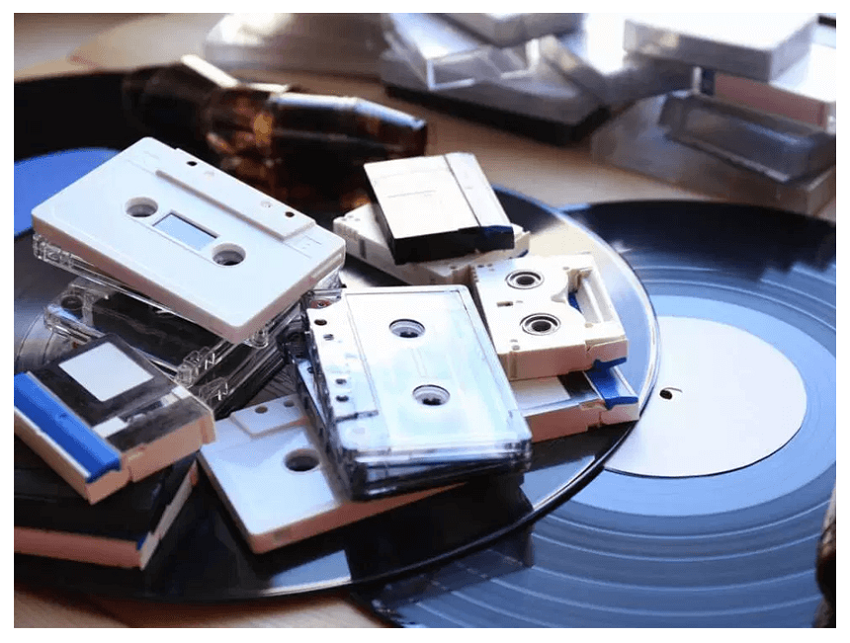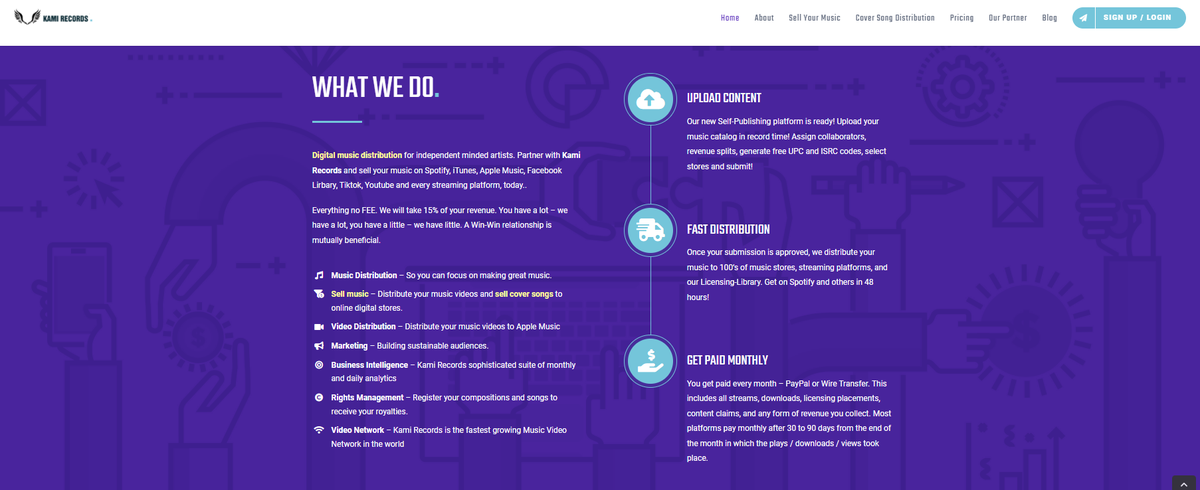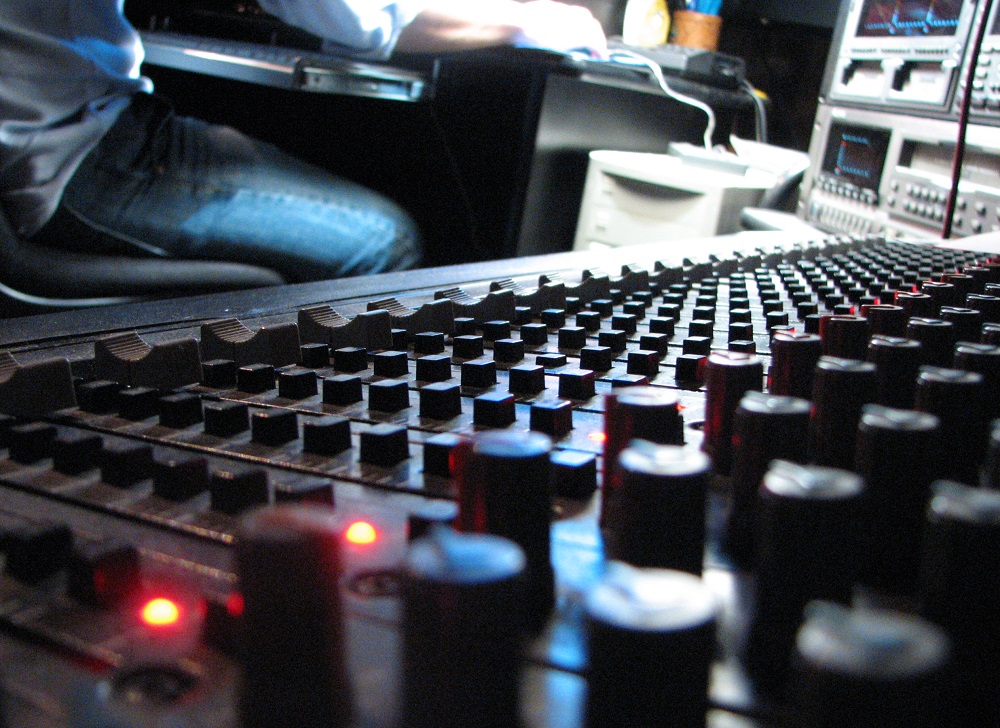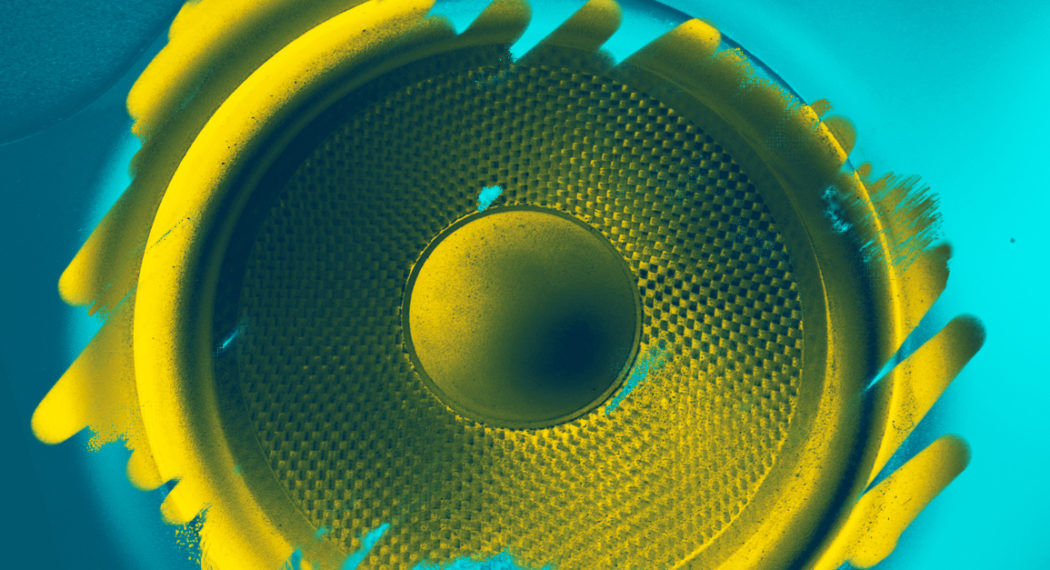Learning a new technique, having a breakthrough or finishing a track gives you hope, inspiration and excitement that lasts for days.
Nothing is better than a productive studio session.
Of course those moments can be few and far between. Creativity and productivity are elusive and writing songs isn’t always a simple task. It’s a constant battle that takes focus and effort.
But one moment of clarity makes up for hours of frustration—It’s those moments that keep you going.
So how do you amplify those good moments and attenuate the frustration? How do you avoid those nagging blockers that pop-up at the worst times while you’re writing songs?
It’s all about strategy. You should be approaching your own process with the same creativity you use to produce your unique sound.
These 6 approaches will help you think differently about your process, avoid those dreaded creative blocks and most importantly, finish more tracks.
The Perfect Workflow Approach
Blocker: Your ideas slip away because your studio isn’t optimized to capture them quickly.
Ideas have short lifespans. The first step to recording, preserving, and building from your ideas is a recording studio that’s streamlined to catch them as quickly as possible.
If you have to plug in three machines, unplug two others, jostle the power bar and dig through a thicket of audio cables every time inspiration strikes, something is wrong.
Remedy: Question your process and setup
Go through each process that you encounter during a typical session and ask yourself if there’s a simpler way to do it.
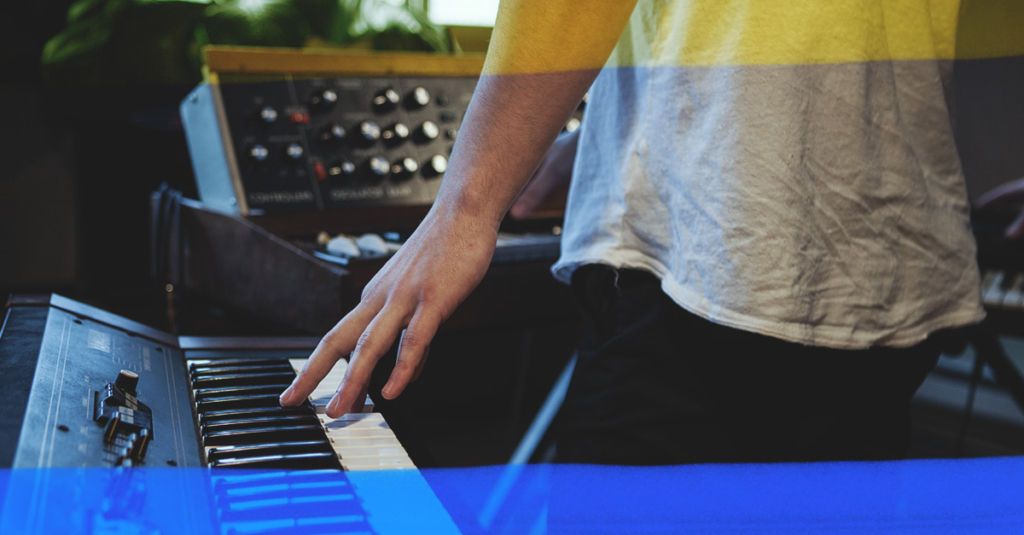
Making your process more efficient could be as easy as rearranging the gear on your desk.
If your MIDI controller is the centre of your workflow, it should be the centre of your studio as well.
Constant creation means habits. It’s easy to do what you always do and never think about it. But your habits might be slowing you down. Picture a situation that could come up during the idea phase of a project.
For example: If you think of the perfect kick and bass pattern in your head, ask yourself:
- How many steps will it take for me to record it?
- Which steps could I eliminate or simplify?
- Is there a time-sucking habit I could avoid?
- Could my workflow be faster if I simply moved my gear around or replaced a connection?
Be aware of how you physically move around your studio as well. If you use your Moogerfooger on every track it shouldn’t be on the other side of the room. It should be a quick reach away.
Questioning your common processes will ensure that you don’t lose your ideas because your studio isn’t optimized for efficient creation.
Keep your overall workflow as lean as possible and devote a few hours a week for refreshing your setup.
The Timed Approach
Blocker: You have no time.
Every creator needs TIME. But the truth is most musicians don’t have a lot of it. Commitments and activities from your everyday routine can eat up all your studio time pretty quickly.
Sometimes is seems like there’s no time at all to make new tracks. So what’s the solution?
Remedy: Schedule your studio session and make the most of the time you DO have.
Getting the most out of the studio time you do have is the best place to start. Set aside scheduled creation time as much as possible and stick to the schedule.
Even if your studio is in your bedroom or at your house you should still set aside dedicated time for creation. Scheduling studio time has many benefits:
- You know when your studio time is coming, so thinking of ideas leading up to it helps you get the most from your session
- Scheduled studio time helps you avoid distractions that might pop-up if you hadn’t set the time aside and planned around it
- A finite amount of time for a session allows you set your session up into blocks (e.g. jamming, recording, arranging, mixing, mastering)
- Setting an end point for your session will help you stay on track and avoid time-sucking noodling or getting lost on one sound
Hot Tip: Schedule your studio session at the same time every day or week.
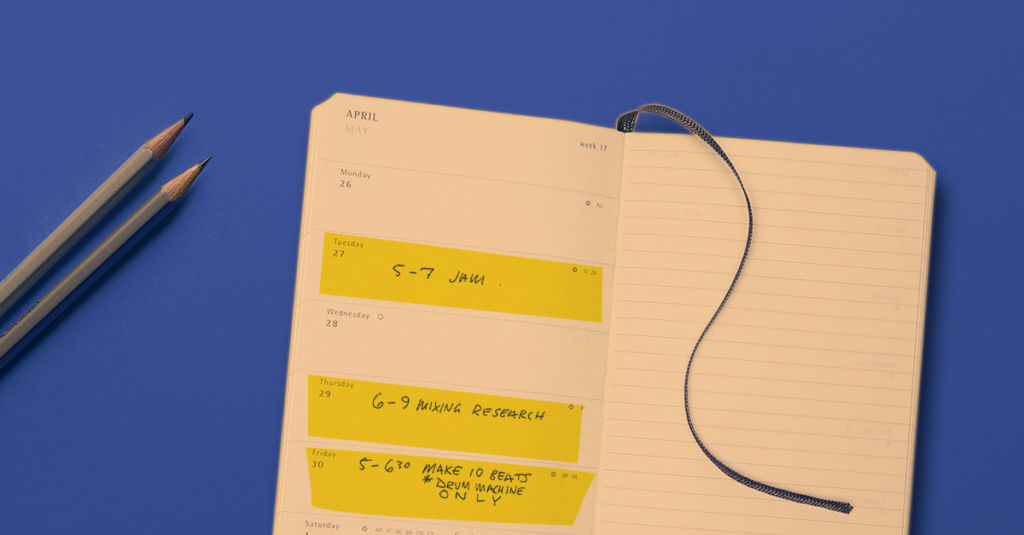
Routines mean productivity. If working on music is part of your routine then finishing tracks will become part of your routine too.
Don’t work on music when you’re finished all your other tasks. Make music one of your tasks instead.
The Narrative Approach
The Blocker: You get obsessed with little things in your track which slows down your ability to finish an entire track.
Songs are parts acting as a whole. Making each part sound its best is the ticket to an amazing track. But zooming in on one part too much is unproductive.
1 hour quickly turns into 2 and you barely have 1 section of a track done.We’ve all been there. No new action happens, and your session get’s dull pretty quick.
The Remedy: Split your session into sections and assign a finite amount of time for each.
The best way to avoid tunnel-vision on a project is to set aside a certain amount of time for each task you’d like to accomplish in a session.
Split your session into manageable sections and stick to them no matter what.
Try to see your session as an unfolding story. A great novelist doesn’t ramble on about one thing for a hundred pages. The story maintains steady action and keeps the reader’s attention.
Your session should hold your attention as well. If you focus on one section for too long your track (or story) will get boring real fast.
If your session is 2 hours long set aside:
- 30 minutes for jamming
- 30 minutes for recording
- An hour for editing and arranging
Approach each part like the elements of a story.
This only works if you commit to moving on even if a certain part isn’t ‘perfect’ yet. This will help you to avoid focussing on one section for too long, or editing when you should be creating.
Producing is organic and needs some flow and narrative to hold your attention and keep you stimulated. So split-up your sessions and give your creation time some momentum.

Hot Tip: Use a workflow app to keep track of your session. Some good free apps to get started with are 30/30 and My Minutes.
The Listen-First Approach
Blocker: Your sessions lack direction and you struggle to get focussed quickly. It’s frustrating to try and pull ideas out of thin air.
Coming into the studio with a few simple ideas is great. But getting them out and deciding how to build around them is hard if you sit down and immediately start working.
The Remedy: Start by just listening and get into the right headspace to create.
Every time you hit the studio your ear-palette needs cleansing. The listening we do throughout the day is mostly passive. But when you walk into the studio you are switching into an active listening mode.
The brain needs time to make the transition. Start your sessions with some reflective listening. Focus on your breathing and relax yourself as much as possible. forget as much of your everyday baggage as you can.
If there’s a song that you are feeling inspired by, listen to the song on headphones or your monitors and hear it as a whole. Resist the urge to pick out parts, progressions or techniques. Just listen.
Or take five minutes with a white noise generator to find the headspace you need to create. Applications like Noisli are built to improve productivity and ease your mind into creation mode.
Take 5 minutes at the start of your session to centre yourself in your workspace.
This will give you better focus early in your session and allow you to transition into the active listening mode you need to make your best work.
The Clean Slate Approach
Blocker: Starting is easy. But finishing tracks is impossible. You have a ton of unfinished projects with no end in sight for any of them.
Ideas are easy when there’s so many creative tools available. But the side-effect of unlimited possibilities is indecision and excessive editing.
The Remedy: Start with a clean slate for every session. If you don’t finish a track, scrap it and start from square one during your next session.
This might sound pretty drastic, but it’s actually a tactic that a ton of producers use. Producing with a live element is amazing for productivity.
If you don’t like what you hear at the end of your session just scrap it. Your gear will be there tomorrow ready for another session.
This will help you move past the perils of “perfection” and ensures that you’re not getting lost in the details.
Plus folding in a live jamming element to your music breeds a more organic sound where mistakes can turn into gold.
The turnaround time of your tracks will decrease and you’ll finish more tracks than you ever thought possible. Sometimes starting from square 1 is the best thing that could happen.
More Tracks. Faster and Better.
When creating feels good you want it all the time. So you should be doing everything in your power to recreate those a-ha moments of music making.
You don’t have to stick to these approaches either. Try to find the approach that makes you most productive.
Because the best feeling of them all is being done. So you can move on to that next track.

